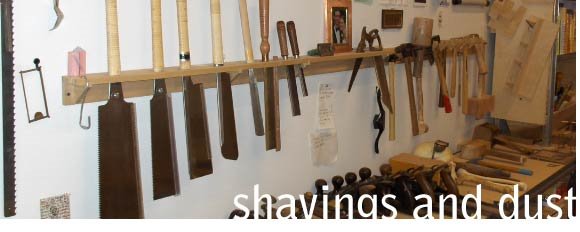
I love Hoosier cabinets. They are one of the few distinctly American pieces of furniture. They were not made or used anywhere else in the world, but in the early part of the 20th century were seen in many (especially Midwestern) kitchens. Named after the Hoosier Manufacturing Company, they were already in major production by 1903, though some historians make convincing arguments for them being popular in the late nineteenth century. Other companies made their own versions of the cabinet, which is what we have. Ours is not a Hoosier Brand, but we love it nonetheless.
In a time before kitchen cabinets as we think of them, storage and work space in kitchens was scarce, which is weird for us to think about. Imagine a kitchen without the now-ubiquitous cabinets and sink, maybe just a table and a sink with a hand pump for water. Now imagine making dinner for a farm family of eight or so. No wonder these cabinets were so popular.

Like many cabinets of this style, Bama's cabinet has slide-out cutting boards just below the countertop, scored with years of slicing and chopping in the pursuit of dinner:
The counter top, incidentally, is a 1950's replacement. Originally this cabinet (like most Hoosier Cabinets) probably had an enameled steel counter top. When these got chipped the steel started to rust, which is probably why it was replaced with the Formica one.

There are also a bunch of
different drawers, with a bunch of different implied functions. We use the potato and onion drawer for its intended purpose, which it still fulfills all these decades later.
This is not a million-dollar antique. Even in pristine condition these are not furniture objects that fetch huge price tags. But this is where "value" and "worth" take on different meanings. Of course I would never sell the cabinet. It IS a million dollar cabinet to us, because it is shiny with thousands of openings by Bama, and by my Grandmother, and my father as a little boy, and now us. As Thomas grows, he will be able to use his Great-Great Grandmother's cabinet, and add the polish of his hands and the weight of his use. Eventually, I will repair the sagging middle drawer support, taking on, as I have, the responsibility of maintaing this particular object in the museum. And so the work of my hands, the love of my family, and my reverence for the past and the future also get woven into this humble cabinet.
Now, THAT is worth a million dollars. And I feel lucky to be the curator of this branch of the museum.






